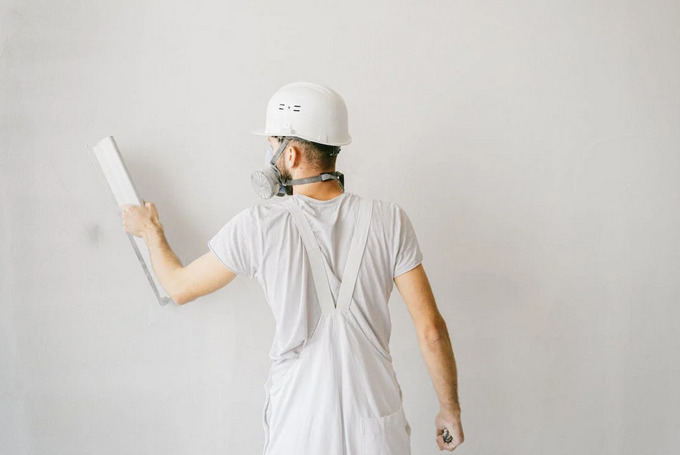You might not think about it often, but your home is full of gases. Some of these gases are harmless, while others can be hazardous to your health. This blog post will discuss four of the most common dangerous gases in Cincinnati Ohio homes and how you can detect them. Keep reading to learn more!
Radon


If you’ve ever heard of radon, you know it can be a dangerous gas to have in your home. Radon is an odorless and colorless gas that comes from the natural breakdown of uranium in rock and soil. It can enter your home through cracks in the foundation or other openings, and exposure to high radon levels has been linked to an increased risk of lung cancer. To detect radon, you can buy a radon test kit at your local hardware store or hire an inspector to conduct a more comprehensive test.
Carbon Monoxide (Co)


Nitrogen Dioxide (No2)
Another hazardous gas in your home is nitrogen dioxide. This gas is produced by combustion from furnaces, stoves, and other appliances. It can also be released from cars and outdoor sources. Exposure to high levels of NO2 can cause respiratory infections, headaches, and other health problems. To detect nitrogen dioxide, a professional should inspect your HVAC system, furnace, and other appliances.
Formaldehyde


In conclusion, hazardous gases can be found in many homes. Knowing the familiar sources of these gases and how to detect them is vital for safeguarding your health and safety. Suppose you’re concerned about any of the gases discussed above. In that case, it’s best to consult a professional or purchase an appropriate test kit to determine if there are any hazardous levels in your home. Stay safe.

